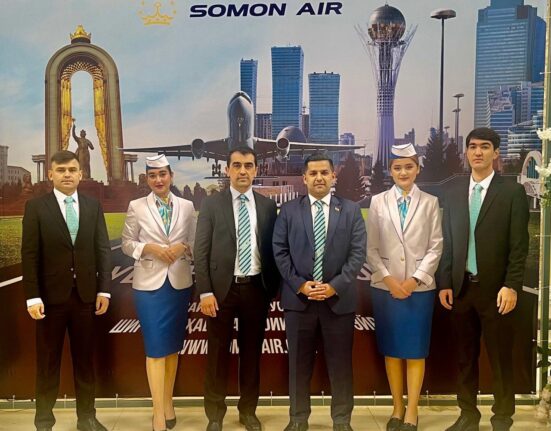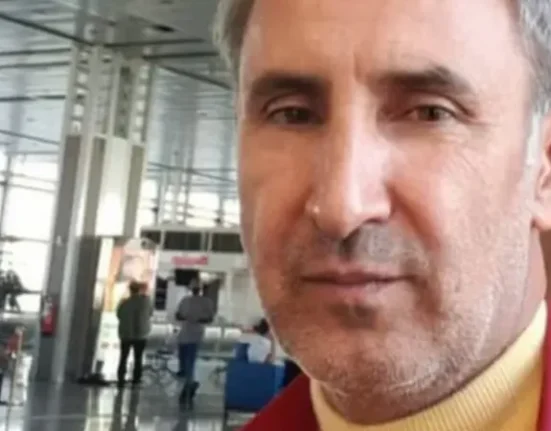In a possible precursor to budget cuts, the Los Angeles controller has released an audit critical of that city’s police department’s Air Support Division (ASD) including its size, costs, and patrol model. But city controller Kenneth Mejia, a former Green Party member and thrice-failed congressional candidate, expanded the audit beyond purely financial issues to attack the ASD on environmental and social grounds, charging that it causes “significant harm to the community.”
The audit criticized the ASD regarding several issues, including flying 61 percent of its 16,000 annual hours for activities not related to violent crime, keeping imprecise logs, its 762,000-gallon annual jet-A fuel burn and resultant carbon dioxide emissions, flying too often over high-crime areas, noise pollution, not flying high enough (typically flying at 500 to 700 feet agl), and overall effectiveness. It said the average flight hour cost for each helicopter is $2,916.
“There is a lack of empirical evidence that demonstrates a clear link between helicopter patrols and crime reduction,” the audit noted. “However, there has been limited public discussion about whether the size of the division and deployment strategy are aligned with the current needs of the city.” The audit also noted that the ASD’s budget was on par with those of entire city agencies, including Community Investment for Families and Animal Services. The budget is also larger than that of other agencies, such as Cultural Affairs, Civil+Human Rights and Equity, and Cannabis Regulation.
The ASD is the largest municipal airborne law-enforcement operation in the world, and it operates from the nation’s biggest rooftop heliport at LAPD’s Piper Technical Center. The ASD, which was formed in 1956, operates 17 helicopters—mainly Airbus AStars (nine AS350 B3es and seven AS350 B2s) and one Bell 412EP—and employs 91 people at an annual cost of $48.6 million. It makes up a very small percentage of the Los Angeles Police Department’s (LAPD) annual $3.1 billion budget. The LAPD employs approximately 9,000 people. That force size makes it one of the smallest per 10,000 population of any large city in America, even though it is the second-largest city by area at 469.5 sq m and posted more violent crimes than places such as Houston and Atlanta.
A long list of cities—including New York, Chicago, Philadelphia, Dallas, Washington, Boston, Detroit, Baltimore, Atlanta, New Orleans, Cleveland, Pittsburgh, and Cincinnati—have a higher (and sometimes much higher) police-officer-per-10,000-population ratio than Los Angeles. The LAPD has long argued that the ASD is a “force multiplier,” able to respond directly to any call within most of the city in under three minutes, often arriving at the scene before ground patrol officers. The ASD has two helicopters in the air continuously, each flying a 2.5-hour shift, between 8:30 a.m. and 4:30 a.m. the next day. Additionally, the ASD is the only police helicopter unit in the nation that employs a continuous “patrol model” as opposed to a dispatch-and-launch model.
The controller’s audit spent two months soliciting citizen opinion on the value of the ASD and found that opinion to be largely positive, with comments such as “I feel safer when I see [police helicopters] because my neighborhood is a violent one.” Negative comments were along the lines of, “Helicopters just break up house parties.”
In a rebuttal letter to the controller dated Dec. 1, 2023, LAPD chief Michel Moore called the audit “rudimentary,” claimed that it “demonstrates a lack of understanding of the complexities” of air policing, and said it failed to account for federal grants to the department. He stressed that the ASD “helps save lives” by preventing “officer-involved shootings by gaining an aerial perspective to lead officers on the ground to better avenues of approach directly leading to safer outcomes for the community and officers,” including situations such as vehicle pursuits.
He also pointed out its deterrent benefit. “Their [the helicopters’] availability to immediately respond to spontaneous critical incidents, whether it be a crime against persons or property, discourages those from committing or continuing illegal activity. Any limit of ASD’s deployment would jeopardize the LAPD mission to safeguard life and property.”
But it appears Moore’s points lack a certain amount of traction at city hall. Earlier this year, Mayor Karen Bass eliminated funding for one of two new AStars requested by the LAPD to replace its aging B2s. Meanwhile, the Los Angeles Times recently reported that the LAPD is “hemorrhaging” police officers, losing more than 1,000 over the last decade, with the total number employed falling slightly below 9,000 in August.







